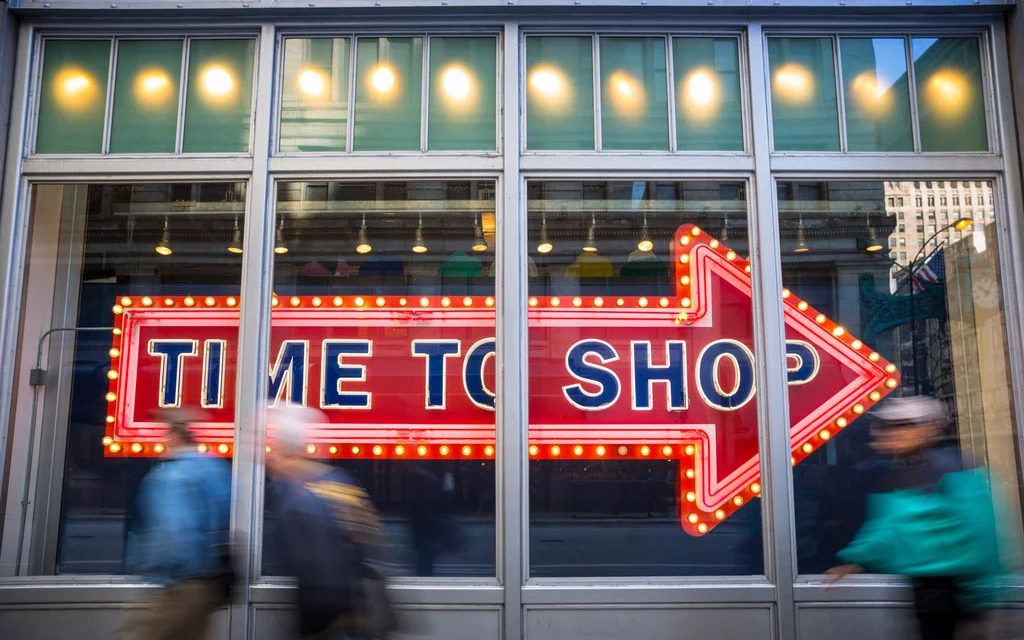Magna says personal consumption, a key indicator of ad spend, will remain strong. Credit: istock
By Source: adage.com, September 2019
IPG’s Magna raises 2019 U.S. ad projection to 4.1 percent from 3.0 percent
That is an upward revision from June, when Magna forecast growth of 3.0 percent in 2019 and 5.8 percent in 2020.
Vincent Létang, Magna’s executive VP of global market intelligence and author of the report, voices optimism that the U.S. ad market will keep climbing in 2020.
“We forecast an 11th year of growth in 2020 as record political spending will generate an all-time high of $5 billion in ad revenue and mitigate the effect of the expected economic slowdown,” Létang said in a statement.
“Nevertheless, Magna is expecting the economic slowdown might take a toll on the spending in several key verticals (e.g. automotive, retail, finance), but fortunately, 2020 is the strongest year in the four-year cycle of events that typically drive extra ad spend and incremental ad revenues,” according to the report.
Magna boosted forecasts after its analysis of media owners’ financial reports found better-than-expected growth in U.S. ad revenue in the first half of 2019—up 7.6 percent after factoring out 2018’s spending on cyclical events including elections and the Winter Olympics.
That 7.6 percent gain reflected 17.0 percent growth in digital ad sales and a 2.2 percent decline in linear, or non-digital, ad sales.
“The main driver behind the first-half advertising demand was a stronger-than-expected economic environment,” Magna says in the report. “Consumers shrugged off the threat of a trade war and continued to spend their growing income. This strong economic environment contributed to increased spend from several key verticals, including finance, retail and travel.”
The ad market is getting a boost from direct-to-consumer brands, such as Wayfair and Peloton, as media spending for d-to-c brands surged 30 percent in the first half, according to Magna.
Factoring out cyclical events, Magna forecasts 2019 advertising growth of 6.3 percent (up from a 5.1 percent forecast made in June), reflecting 14.7 percent growth in digital and a 3.3 percent decline in non-digital. Magna says advertising this year will grow 4.1 percent vs. 2018 when cyclical events (notably, 2018’s mid-term elections and the Olympics) are included.
Excluding cyclical events, Magna expects 2020 growth of 3.8 percent (up from June’s 3.4 percent forecast), with 10.1 percent growth in digital and a 4.6 percent decline in non-digital. Magna predicts advertising in 2020 will grow 6.2 percent vs. 2019 when 2020’s political spending and the Summer Olympics are included.


